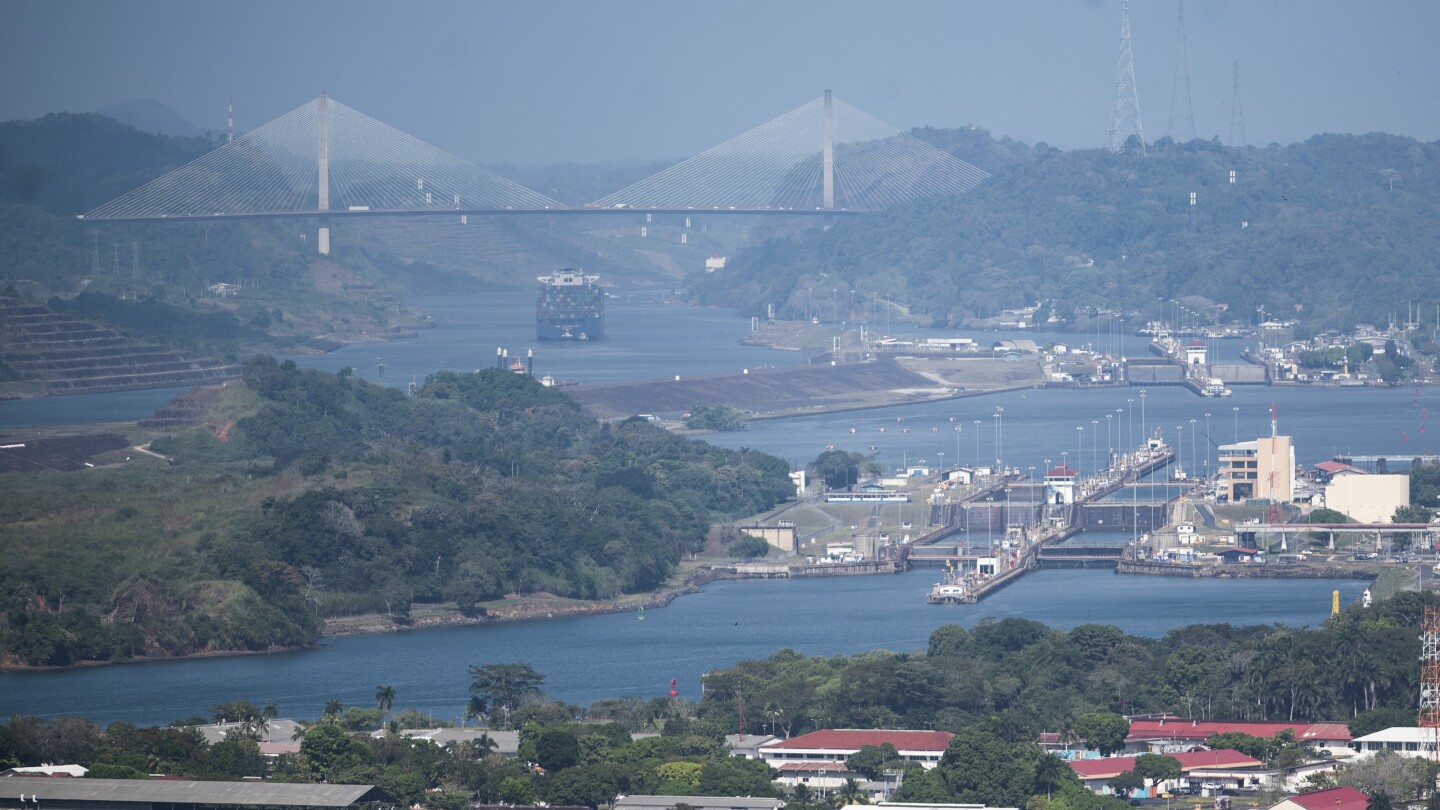A severe drought that began last year has forced authorities to slash ship crossings by 36% in the Panama Canal, one of the world’s most important trade routes.
The new cuts announced Wednesday by authorities in Panama are set to deal an even greater economic blow than previously expected.
Canal administrators now estimate that dipping water levels could cost them between $500 million and $700 million in 2024, compared to previous estimates of $200 million.



Never occurred to me the canals were supplied with fresh water- I guess I assumed they pumped salt water up grade or something. Is the issue just that the fill rate from fresh sources is too slow to handle the previous volume of traffic or that it diverts fresh water away from downstream consumers? The latter sounds like a shit design. How impractical would a pumping solution be, I have no concept of the scale of the numbers, can large modern pumping systems fill a lock/canal in reasonable time?
Edit: I didn’t realize the canal system went right through a giant lake. I get it now! Thanks to all who provided resources and info!
Using salt water would destroy the freshwater ecosystem connected to the canal and contaminate ground water and irrigation system with saltwater which will wreak havoc to farming and freshwater supply for people that live in the area. Think about how hard it is to farm in the beach area where there is no fresh water. Most crops cannot tolerate high salt level. The canal is going through a highland so all those salt water will absolutely flow downstream to rivers and seeping into ground water. Imagine if an important water reservoir in your area suddenly turn into salt water reservoir. The whole region would basically be fucked to accommodate global trade.
Makes sense, I thought the canal was more of a closed system but you’re saying it’s part of a bigger water system that feeds downstream consumers. I get why salt wouldn’t mix there.
https://youtu.be/uMfcGFbFeFE?si=YoSM37C6wSitzpZj
Here is an alternative Piped link(s):
https://piped.video/uMfcGFbFeFE?si=YoSM37C6wSitzpZj
Piped is a privacy-respecting open-source alternative frontend to YouTube.
I’m open-source; check me out at GitHub.
I think just the former. Considering that the locks are basically adjacent to the coast on each side, there’s not much “downstream” to speak of.
(Also, agriculture doesn’t appear to be much of a thing in the immediate vicinity of the canal anyway. The surroundings are basically either all protected forest or urban area. I guess farming wasn’t allowed when the Canal Zone was US-controlled, and the Panamanians just sort of kept that policy afterwards.)